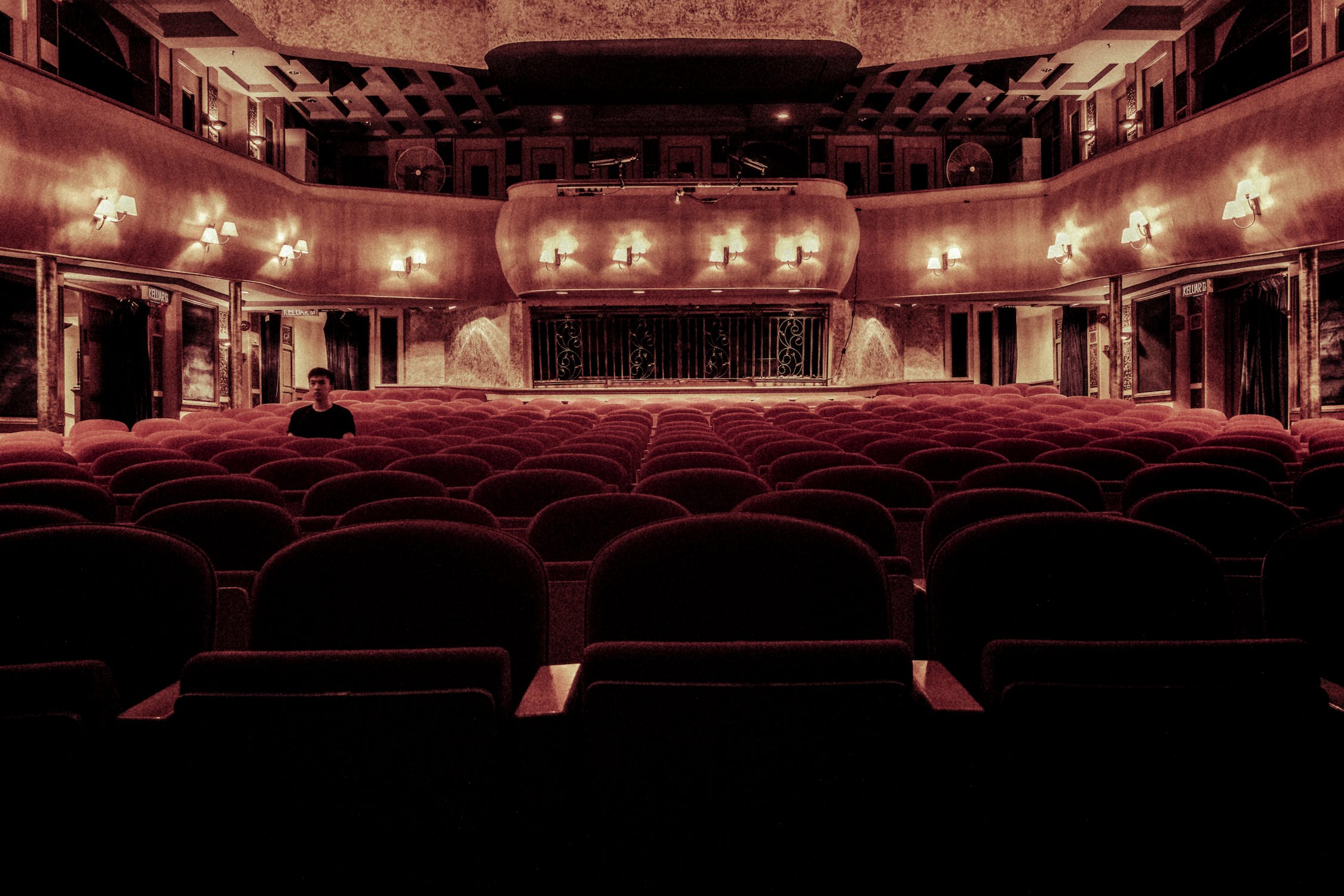Lights, camera, action! The world of cinema has come a long way since its humble beginnings in the late 1800s. From black and white silent films to today’s cutting-edge technology, the evolution of cinema is nothing short of extraordinary. Movies have not only changed over the decades but they have also impacted our lives in ways we never thought possible. So fasten your seatbelts as we take you on a journey through time and explore how movies have transformed into what we know and love today.
Introduction to the Evolution of Cinema
Cinema has come a long way since its inception over a century ago. The art form has evolved in so many ways, from the technical side of things like film stock and cameras, to the way stories are told and how audiences consume films. In this article, we’re going to take a look at the evolution of cinema and how movies have changed over the decades.
One of the biggest changes in cinema has been the switch from silent films to talkies. This occurred in the late 1920s and early 1930s and completely changed the landscape of filmmaking. suddenly, directors had to think about things like dialogue, sound design, and music in their films. This also opened up new possibilities for storytelling, as filmmakers could now rely on audio to convey emotion and plot points.
The next big change came with color film. For most of cinema’s history, black and white was the standard. But in the 1930s, color film started to become more common, thanks in part to advances in technology. Color allowed for more realistic looking films and also added another layer of emotionality to movie-watching. Audiences could now experience films in a whole new way.
Since then, there have been countless other changes in cinema. Cameras have gotten smaller and more portable, making it easier for filmmakers to shoot on location. Film stocks have gotten better, resulting in sharper images. And digital technology has revolutionized post-production, giving filmmakers more control over their final product.
Pre-1930s: The Beginnings of Cinema
The cinema has come a long way since its early days in the late 1800s. What started as simple moving images projected onto a screen has evolved into a multi-billion dollar industry with state of the art technology and special effects. Let’s take a look at how cinema has changed over the years.
In the early days of cinema, films were very simple. They were often just one shot with no editing or special effects. This was due to the limitations of technology at the time. Films were also very short, typically only a few minutes long.
As technology improved, filmmakers began to experiment more with their movies. Editing became possible, which allowed for more complex stories to be told on film. Special effects were also developed, which added another level of excitement and intrigue to movies.
The 1930s was a golden age for Hollywood cinema. This was the era of the big studio system, when some of the most iconic films ever made were produced. classics such as “Gone with the Wind” and “The Wizard of Oz” were released during this time.
Since the 1930s, cinema has continued to evolve and change. Color photography became commonplace, and stereoscopic 3D became popular for a time in the 1950s. Computer-generated imagery (CGI) changed the landscape of filmmaking in the 1980s and 1990s, and digital technologies have revolutionized movie-making in recent years
1940s – 1960s: The Golden Age of Hollywood
The 1940s and 1950s were the golden age of Hollywood. This was the era when the studio system was at its peak and movies were made for a mass audience. The movies of this era are some of the most iconic and well-loved in history. They include classics like “Gone with the Wind,” “Casablanca,” “The Wizard of Oz,” “The African Queen,” and “Ben Hur.” This was also the era of the great movie musicals, such as “Singin’ in the Rain” and “An American in Paris.” The 1960s saw a decline in Hollywood’s fortunes. The studio system began to break down and movies became more specialized. This resulted in a decline in box office receipts. Nevertheless, some great films were still made during this period, such as “The Godfather,” “Lawrence of Arabia,” and “2001: A Space Odyssey.”
1970s – 1980s: The New Wave Movement
In the 1970s and 1980s, a new wave of filmmakers emerged who were determined to break the rules and create something different. This movement, known as the New Wave, changed the way movies were made and viewed forever.
Some of the most influential films of the New Wave era include The Godfather (1972), Taxi Driver (1976), and Raging Bull (1980). These movies pushed the boundaries of what was possible in cinema, and their influence can still be felt today.
The New Wave movement gave rise to some of the most iconic directors of all time, including Martin Scorsese, Francis Ford Coppola, and Brian De Palma. These filmmakers changed the face of Hollywood and helped to create some of the greatest films ever made.
1990s – 2000s: Rise of Blockbusters and Special Effects Movies
The 1990s and early 2000s saw the rise of the blockbuster movie. These movies were big budget affairs with massive special effects that wowed audiences. This was the era of movies like “Jurassic Park,” “Titanic” and “The Lord of the Rings” trilogy. These movies were huge hits at the box office and changed the landscape of cinema.
Special effects had been used in movies before, but never on this scale. The success of these blockbusters showed Hollywood that audiences loved seeing amazing visuals on the big screen. This led to a boom in special effects movies in the following years. Some notable examples include “The Matrix,” “Pirates of the Caribbean” and “Harry Potter.”
While blockbusters and special effects movies are still popular today, there has been a shift back to more personal stories in recent years. This is likely due to the rise of streaming services like Netflix, which have made it easier for people to watch smaller, independent films from the comfort of their own homes
2010s – 2020s: Emerging Trends in Cinema
In the 2010s and 2020s, we are seeing some emerging trends in cinema. One of these is the rise of independent film. With the advent of digital technology, it has become easier for filmmakers to make movies outside of the studio system. This has led to a resurgence in independent cinema.
Another trend that we are seeing is the rise of international cinema. In the past, Hollywood has dominated the global box office. However, we are now seeing films from other countries becoming more popular in the United States. This is due to the growth of streaming services like Netflix, which have made it easier for people to watch films from around the world.
Finally, we are also seeing a trend towards more diverse and inclusive films. Hollywood has long been criticized for its lack of diversity, but we are now seeing more films with diverse casts and crews. This is a positive trend that we hope will continue in the years to come.
Conclusion
This article has explored the evolution of cinema over the decades, from silent films to modern blockbusters. We have seen how technology has changed and improved the way we experience movies, and how storytelling techniques have also evolved through time. From special effects to CGI animation, movies are no longer just a form of entertainment; they are art forms that can be appreciated by audiences all around the world.










